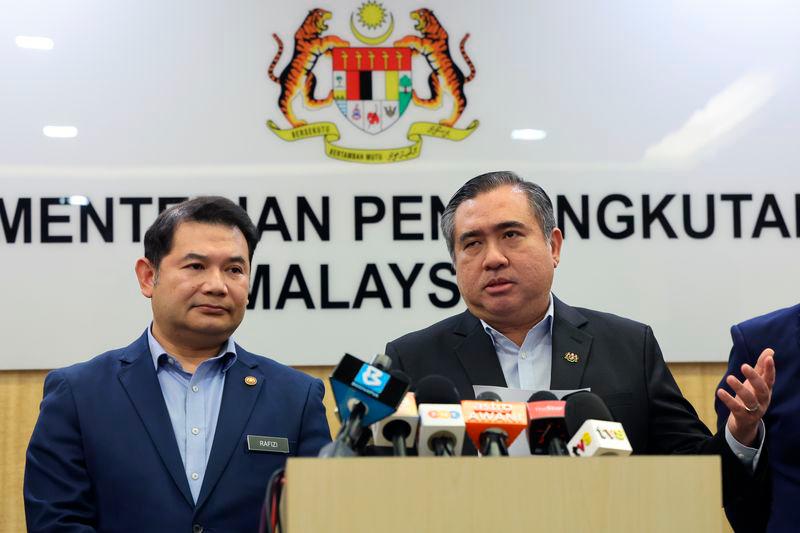PUTRAJAYA: The government has decided to adopt a new strategy for acquiring passenger train assets for the Keretapi Tanah Melayu Berhad (KTMB) railway network through a leasing method, said Transport Minister Anthony Loke.
He said the leasing method would be implemented through a government-to-government (G2G) mechanism between Malaysia and China to enhance the quality of public transportation services.
For Phase 1, which is from 2024 to 2027, this new strategy aims to add 62 new passenger train sets at an estimated cost of RM10.7 billion, to be paid in instalments over a 30-year lease period.
“The actual cost will be finalised after negotiations with China are completed soon.
“Almost 90 per cent of the passenger trains in the KTMB service network are manufactured by China’s state-owned company CRRC (China Railway and Rolling Stock Corporations),“ he told a joint press conference with Economy Minister Rafizi Ramli here today.
Loke said the 62 new passenger train sets in Phase One would consist of 36 three-car set (3CS) electric multiple unit (EMU) sets, 12 six-car set (6CS) EMU sets and 14 6CS diesel multiple unit (DMU) sets.
“The advantage of this new method is that the leasing cost covers all levels of maintenance, repair, and overhaul (MRO) by the entity supplying the trains for the lease period,“ he said.
He added that scheduled maintenance carried out in a structured manner by the original equipment manufacturer (OEM) would ensure the availability and reliability of the train sets at an excellent level.
“This will directly ensure that train operations are more efficient and safer for the convenience of the public,“ he said.
Loke said the leasing procurement can also be done more quickly compared to traditional train procurement.
Through the leasing method, Loke said procurement could also be done more quickly compared to traditional train procurement.
“Besides improving the quality of railway services, track utilisation is also expected to increase from the current 30 per cent to 45 per cent by 2027.
“In addition, the leasing method will help the government manage cash flow more efficiently,“ he said.
Loke explained that the new strategy was introduced after reviewing the challenges faced by passenger trains, especially for Electric Train Service (ETS) and KTM Komuter in terms of availability and reliability.
Currently, he said, only 68 passenger train sets operating nationwide.
“Without immediate improvements, the quality of KTMB’s network services is at risk of deteriorating.
“Therefore, there is an urgent need to increase the number of passenger trains for each service route offered, while ensuring that each passenger train is in good condition at all times,“ he said.
When asked if ticket prices for train services would increase under the new strategy, he assured that there would be no such increase.
Meanwhile, Rafizi said the Ministry of Economy was working with the Ministry of Transport to transform the public transport landscape in Malaysia, with a specific focus on the Klang Valley.
“To achieve 80 per cent railway track utilisation in Peninsular Malaysia by 2030, the government has outlined plans to gradually increase passenger train services in Malaysia to 299 trains by 2030.
“An efficient public transportation system is not only crucial for reducing congestion and improving environmental sustainability, but it is also a key driver of economic growth,“ he added.









